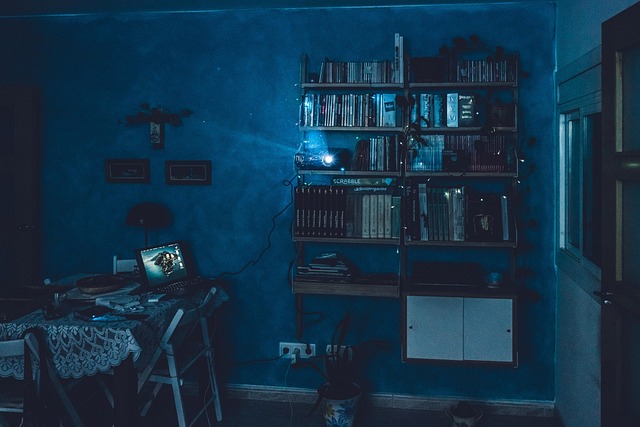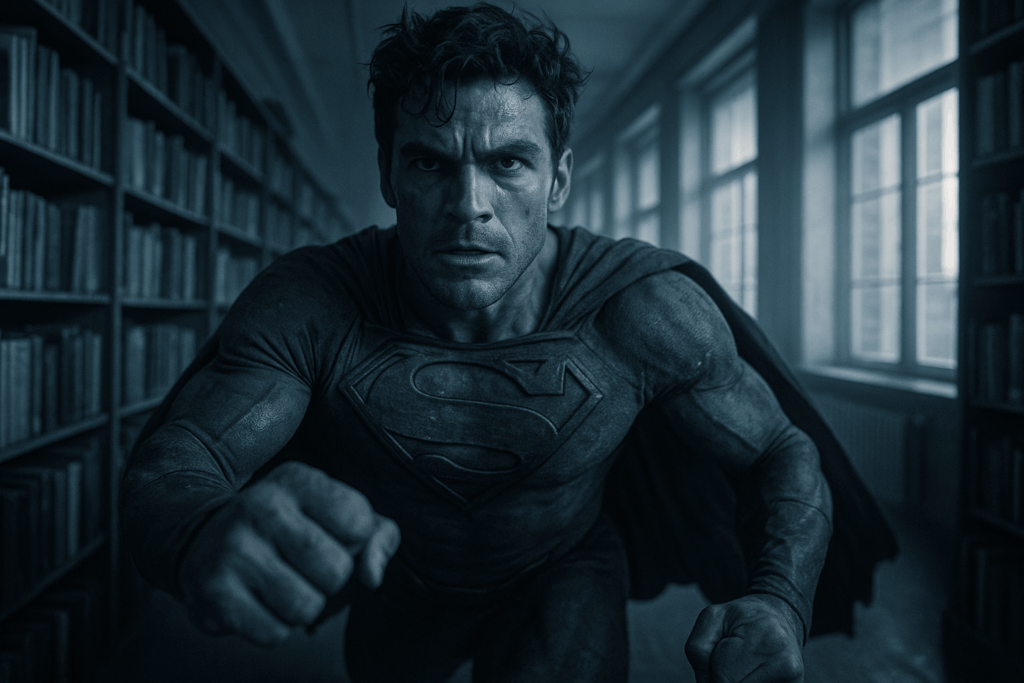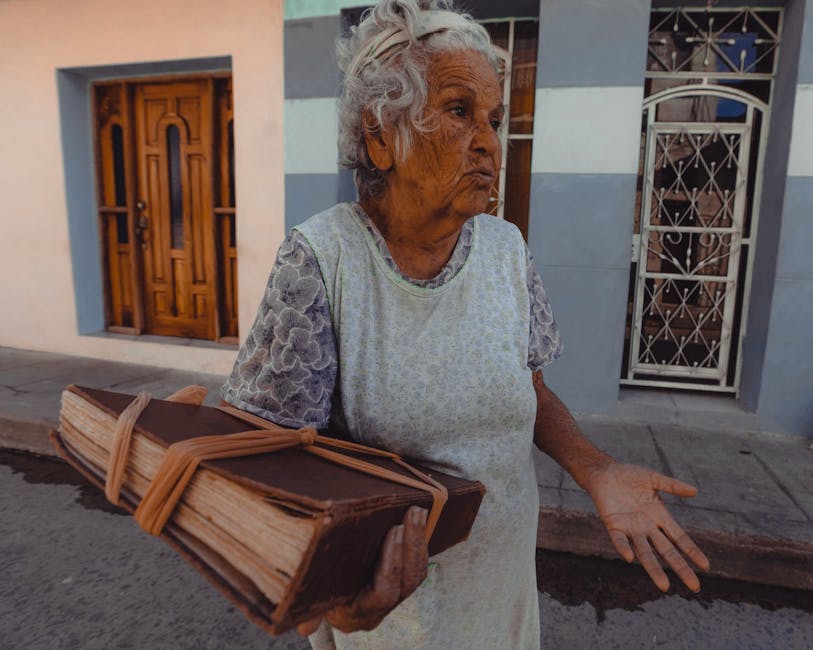Introduction: What Makes a Film Stand Out This Year?
2024 hasn’t made it easy to stand out—it’s been a tight race. Strong scripts were the minimum buy-in. Filmmakers had to bring more: bolder direction, sharper emotional arcs, and a clear point of view. The best films this year didn’t just look good or hit plot beats. They meant something.
Audiences are changing too. Big-budget spectacle isn’t enough anymore—people are looking for stories that echo reality, characters that cut close to the bone. Authenticity is the new flex. Whether it’s a minimalist indie or an international drama, the films that landed hardest this year tapped into something deeper than the surface.
Our picks aren’t about box office numbers or marketing hype. We looked at storytelling quality, standout performances, directorial vision, and cultural impact. These aren’t just films worth watching—they’re films making a mark.
Best Drama: “The Weight of Silence”
Some films move loud. This one moved quiet—and that’s exactly why it landed. ‘The Weight of Silence’ doesn’t rely on swelling scores or overwrought monologues. It leans into restraint: scenes that linger, looks that say more than the script, and silences that never feel empty. The storytelling is spare but surgical. Every word, every pause, loaded.
The breakout here is Evan Rios. Previously a bit player, he steps into the lead with the kind of still intensity that makes a viewer lean in. No theatrics, just emotional precision. It’s the kind of performance that redefines how casting directors see him moving forward.
Direction-wise, Maya Linton strips things down. No fancy cuts, no stylistic detours. The camera holds instead of flinching. Scenes extend past comfort. It’s a refusal to hand-hold the audience. That bold minimalism, especially in a year stuffed with loud storytelling, is what sets this film apart. Linton trusts the material—and the audience—to do the heavy lifting.
Best Thriller: “Echoes in the Fog”
Some thrillers scream for attention. “Echoes in the Fog” whispers—and that’s what makes it unshakable. The tension coils early and doesn’t ease until long after the credits roll. There are no jump scares, no melodramatic monologues, just scene after scene that dares you to exhale. It understands that fear isn’t loud—it’s quiet, internal, and patient.
The cinematography does heavy lifting here. Dense grays, off-kilter framing, and long takes build unease without overtly telling you something’s wrong. The fog isn’t just atmosphere—it feels like a character, smothering clarity, isolating people from each other and from themselves. The visuals don’t dazzle; they disturb.
What’s striking is how the film avoids the easy outs. No twist for twist’s sake. The payoff is earned, not handed to you. Instead of a tidy reveal, the film leaves moral ambiguity hanging in the air. It’s more about creeping questions than clean answers. That’s how “Echoes in the Fog” doesn’t just play with the thriller genre—it elevates it.
Best Indie: “Small Hours”
“Small Hours” doesn’t beg for your attention—it earns it. This is a film that moves like real life: quiet, uncertain, filled with moments that don’t announce themselves as important until they’re over. Shot in soft natural light and built around long pauses, it resists the urge to entertain and instead leans into restraint. That’s what makes it so effective. In a year of high-concept indies and stylized experiments, “Small Hours” strips it all back—and hits harder because of it.
The story is minimal. A chance encounter between two strangers unfolds casually, almost reluctantly. But thanks to the sharp writing and stripped-down performances, every awkward silence and offhand remark feels loaded. Nothing is wasted. There’s no score manipulating your emotions, no sweeping camera moves. Just stillness, and two characters figuring out how to hold space for each other.
Critics can’t stop talking about its confidence—how it trusts the audience to sit with discomfort, and find meaning in slow burn tension. At festivals, it quietly gathered momentum. No flashy marketing, no viral campaign. Just a wave of word-of-mouth from viewers who were floored by how much it said with so little.
“Small Hours” isn’t for everyone. But if you’re paying attention, it’s a masterclass in controlled storytelling. Proof that when done right, minimalism roars.
Best Ensemble Film: “Nine Streets”
A Masterclass in Casting and Chemistry
Few films this year understood ensemble dynamics quite like Nine Streets. With a cast that included both seasoned veterans and rising talent, the film achieved something rare: every character mattered. No performance felt like filler, and each actor elevated the others.
- Equal screen time without sacrificing narrative focus
- Strong contrasts in personalities that balanced the emotional weight
- Chemistry that fueled both conflict and connection
When Intersecting Storylines Actually Work
Ensemble films often struggle to bring multiple storylines together without feeling disjointed—but Nine Streets made it look effortless. Each subplot fed into the main narrative with surprising cohesion.
- Seamless transitions between characters’ arcs
- Emotional through-lines that tied disparate events together
- Tension and payoff were evenly spread throughout the film
A Structure That Shouldn’t Have Worked—But Did
Director Lena Moray took major risks with the film’s non-linear, chapter-based structure. By abandoning traditional pacing, the film took viewers on a fragmented yet emotionally rich journey. It flirted with chaos, but in doing so, found clarity.
- Chapters jumped through time and perspective, but always reconnected
- Key reveals were placed in unconventional points of the film
- Bold choice that deepened, rather than diluted, emotional impact
Best International Release: “Beneath the Cypresses” (Greece)
A Story Beyond the Hollywood Blueprint
“Beneath the Cypresses” stands out not just for what it tells—but how it tells it. Free from the constraints of Hollywood formula, this Greek release follows its own rhythm, weaving a story that feels both deeply local and unmistakably human. It leans into ambiguity, emotion, and patience, trusting the viewer’s intelligence to stay with slow-building tension.
- No conventional arcs—just life, unfolding
- Characters defined through subtleties, not exposition
- Pacing that echoes traditional Greek storytelling traditions
Culture That Feels Personal and Universal
While the film is rooted in Greek customs, language, and landscape, its emotional resonance reaches well beyond borders. The cultural details enrich the narrative rather than limit it, offering a textured exploration of grief, tradition, and identity.
- Scenes set around local customs add realism and depth
- Universal themes of loss, belonging, and resilience
- Dialogue influenced by regional dialect brings authenticity
Visuals That Carve Into Memory
From sun-bleached village streets to shadow-soaked interiors, the cinematography is as expressive as the performances. “Beneath the Cypresses” succeeds in making stillness feel charged, with each frame composed like a painting.
- Static shots that linger—and stay with the viewer
- Natural light used to dramatic effect
- Symbolic visuals that speak louder than words
This is a film that asks for patience—and rewards it handsomely. It doesn’t aim to impress in the traditional sense, but by the end, you carry it with you. It’s an experience more than a spectacle.
Honorable Mentions
Not every film could secure a spot at the top, but a few still stood out—flawed, yes, but worth talking about.
“Glass Skies” is a lesson in visual mastery. The color grading, set design, even costume choices all scream polish. It’s curated to the frame. But beneath the gleam, there’s a missing heartbeat. Emotional stakes feel distant, as if we’re watching beautiful people move through beautiful pain without ever being let in. It’s a touching effort—just not quite within reach.
“The Last Frame” has the kind of technical precision that film schools love. Every shot is calculated, every beat hits its cue. The issues come when you try to care. Narratively, it’s more blueprint than story—it tells itself like an award entry form. Impressive from a distance, but hard to love.
“Born Running” is the wild one. Chaotic edits, uneven tone, moments that feel accidental. But it burns with a kind of energy the clean ones can’t fake. It knows what it wants, even if it doesn’t always know how to get there. You don’t watch this film for polish—you watch it because it dares to throw punches, and a few actually land hard.
Trends We Noticed in This Year’s Films
As the cinematic landscape continues to shift, a few clear trends emerged this year—both in front of the camera and behind the scenes. These aren’t just one-off anomalies; they signal a broader evolution in how films are being made and experienced.
Strong Female Leads Across Genres
This year wasn’t about adding strong female leads—it was about films naturally centering them. Across drama, action, sci-fi, and even horror, women didn’t just play pivotal roles—they carried entire narratives with depth, complexity, and agency.
Highlights:
- Female protagonists being written with flaws, arcs, and stakes—not just as symbols or plot devices
- Performances that rivaled (and often surpassed) their male co-stars in depth and range
- Stories that told their perspectives without tokenism
The industry seems to be moving past the checkbox moment—and toward a new standard.
Riskier Screenwriting
Screenwriters took bold leaps this year. Conventional structures were bent, broken, and reimagined. Films dared audiences to keep up rather than spelling everything out.
What stood out:
- Non-linear timelines that made emotional sense even when the chronology didn’t
- Dialogue that embraced silence, ambiguity, or heightened stylization
- Endings that trusted the viewer to interpret, rather than explain
In short, scripts this year respected the intelligence—and the curiosity—of their audiences.
The Impact of Home Viewing
The dominance of streaming wasn’t just in distribution—it shaped the very style and pacing of many releases. The rise of home viewing led filmmakers to recalibrate how their stories unfold.
Key shifts:
- Faster narrative hooks to keep attention in the first 10 minutes
- More intimate framing and performances, reflecting “living room” scale
- Episodic pacing within standalone films, echoing binge-watch rhythms
Audiences now expect cinematic quality at home—and this year’s best films delivered without compromising their artistry.
If films delivered the spectacle, TV went deeper into character, worldbuilding, and the long-game payoff. This year, some of the boldest storytelling didn’t happen in theaters—it came in eight-episode arcs that made us cancel plans and ignore texts. We’ve seen showrunners take more risks, let scenes breathe, and push non-linear formats that wouldn’t dare exist five years ago.
For those wanting more than quick cuts and big explosions, we’ve rounded up the series that stuck the landing. Sharp writing. Strong ensemble casts. Themes that hit hard without preaching. These are the shows that defined peak storytelling in 2024.
Get our critical breakdown here: Television Series You Can’t Miss: Critical Reviews
Final Thoughts: What You Shouldn’t Miss
Your Watchlist, Prioritized
If you’re overwhelmed by choices or just need a starting point, here’s how to narrow it down based on what you’re in the mood for:
For Maximum Emotional Impact
- Watch: The Weight of Silence
- Why it matters: Intimate, devastating, and masterfully restrained, this drama leaves a lasting emotional imprint without relying on melodrama.
- Highlight: Groundbreaking performances and a script that lingers well beyond the final scene.
For Non-Stop Suspense
- Watch: Echoes in the Fog
- Why it matters: This thriller keeps you guessing with its slow-burn tension and psychological edge.
- Highlight: Precise cinematography and sound design that ramp up the paranoia with surgical precision.
For Indie Depth and Discovery
- Watch: Small Hours
- Why it matters: Understated yet profound, this indie gem shows how quiet moments can deliver the loudest emotional resonance.
- Highlight: Intimate storytelling and minimalist filmmaking that make every frame feel purposeful.
Let These Picks Guide Your Queue
Whether you’re after a gut-punch drama, a heart-racing thriller, or a hidden indie treasure, these selections prove that 2023 gave us more than just spectacle—it delivered substance. The key? Knowing where to look.




